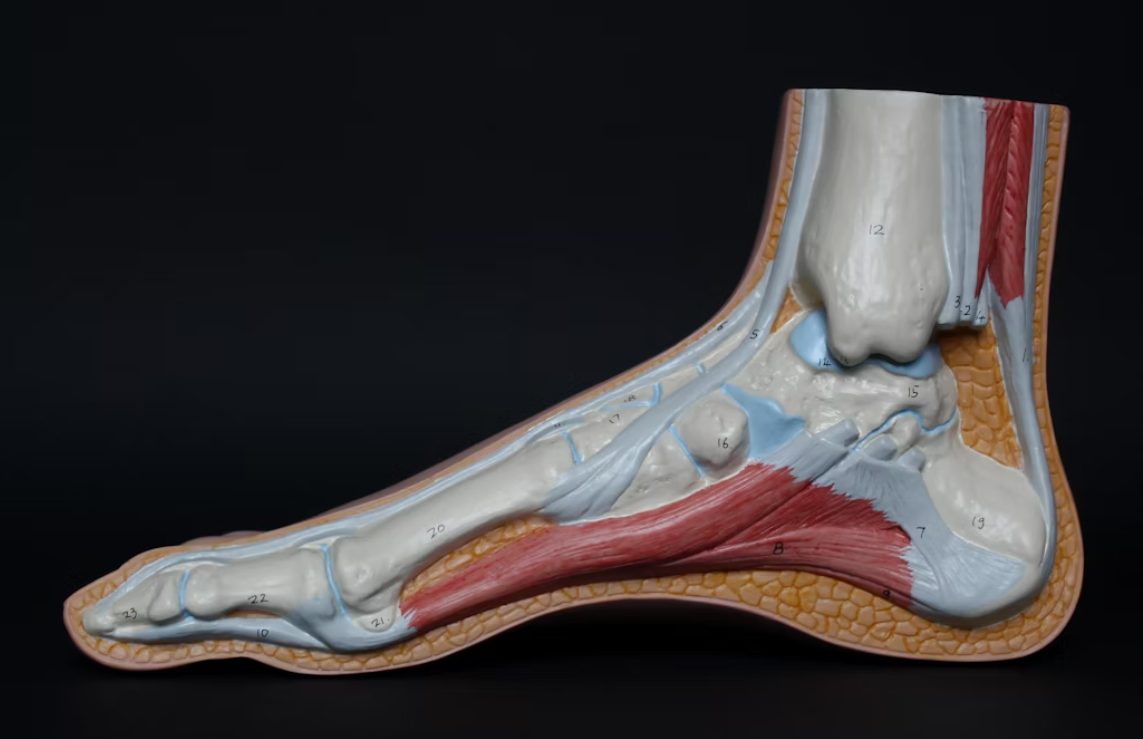
@ShahidNShah


Ankle swelling is one of the most frequent symptoms reported in clinical settings, yet its cause is often misunderstood. While mild swelling can occur from long periods of standing, warm temperatures, or minor injuries, persistent swelling, especially on one side, can signal an underlying vascular condition. Recognizing the difference is critical, as venous issues can develop quietly before progressing into more serious circulatory concerns.
To help with that, this article examines the vascular causes behind ongoing ankle swelling. Alongside that, it’ll cover how clinicians identify the root problem through diagnostic testing and what treatment options help restore normal circulation.
Ankle swelling, or edema, is the accumulation of fluid in the tissues around the ankle and lower leg. In short-term situations, it may arise from factors like inactivity, excess sodium intake, or prolonged standing. However, when swelling persists or recurs without an obvious trigger, it often points to a disruption in venous circulation.
Early clinical signs include:
While early-stage swelling might seem harmless, it can progress if vein health isn’t properly assessed and managed.
When the veins in the legs are unable to transport blood effectively, pressure increases within the venous system, forcing fluid into nearby tissues. Several vascular conditions can lead to chronic ankle swelling:
Identifying these vein-related causes allows clinicians to address the condition more effectively and prevent long-term complications.
While Ankle Swelling can feel uncomfortable and even discouraging, the positive side is that it’s treatable once the source is identified. The first step in the treatment is diagnosis. For that, the leading clinics such as Vein Institute follow a detailed, step-by-step process.
Their clinical approach typically includes:
If the results show normal venous function, it indicates that swelling is likely due to non-vascular factors and can often be managed conservatively. However, when tests confirm venous insufficiency or clotting, physicians develop a structured treatment plan tailored to the individual’s needs.
Once a vein-related cause is confirmed, treatment focuses on restoring normal circulation, reducing swelling, and preventing recurrence. Management typically includes a combination of medical procedures and supportive lifestyle measures.
Common options include:
Compression Therapy is often the first line of management. Medical-grade compression stockings help veins move blood upward more efficiently, reducing pooling and pressure in the lower limbs. When properly fitted, compression therapy can significantly relieve daily swelling and discomfort while preventing fluid buildup from worsening.
For patients with valve damage or venous reflux, Radiofrequency Ablation (RFA) provides a highly effective solution. This outpatient procedure uses controlled heat to close malfunctioning veins, rerouting blood through healthier vessels. Recovery is quick, and patients typically notice reduced swelling and improved leg comfort within weeks. RFA is especially useful for those with chronic venous insufficiency who haven’t responded well to compression alone.
Sclerotherapy is another valuable option, particularly for smaller or surface-level veins. During the procedure, a medical solution is injected directly into the affected vein, causing it to collapse and fade. While it improves appearance, the true benefit lies in reducing localized venous pressure. This helps minimize swelling and discomfort in the surrounding tissues.
For larger surface veins, Ambulatory Phlebectomy may be recommended. This technique involves removing problematic veins through micro-incisions, allowing immediate pressure relief and better overall blood flow. Because the incisions are small, patients experience minimal scarring and can return to normal activities quickly.
Ankle swelling may seem like a minor inconvenience, but it often reflects a deeper vascular concern that benefits from medical attention. Through structured diagnostics and targeted care, healthcare professionals can identify the root cause and design effective, minimally invasive treatments.
Specialized vascular centers such as the Vein Institute demonstrate how early diagnosis, guided by advanced imaging and clinical insight, can turn a chronic issue into a manageable one. With timely evaluation and consistent care, even persistent swelling can be treated effectively.

Tooth loss was once a lifelong challenge. Patients relied on dentures or bridges that often felt uncomfortable and never quite matched the strength or feel of natural teeth. But in recent years, …
Posted Oct 13, 2025 Dental Care Dentistry
Connecting innovation decision makers to authoritative information, institutions, people and insights.
Medigy accurately delivers healthcare and technology information, news and insight from around the world.
Medigy surfaces the world's best crowdsourced health tech offerings with social interactions and peer reviews.
© 2025 Netspective Foundation, Inc. All Rights Reserved.
Built on Dec 19, 2025 at 2:02pm